Debunking 5 of the most common gun myths
- By Travis Pike
Share This Article
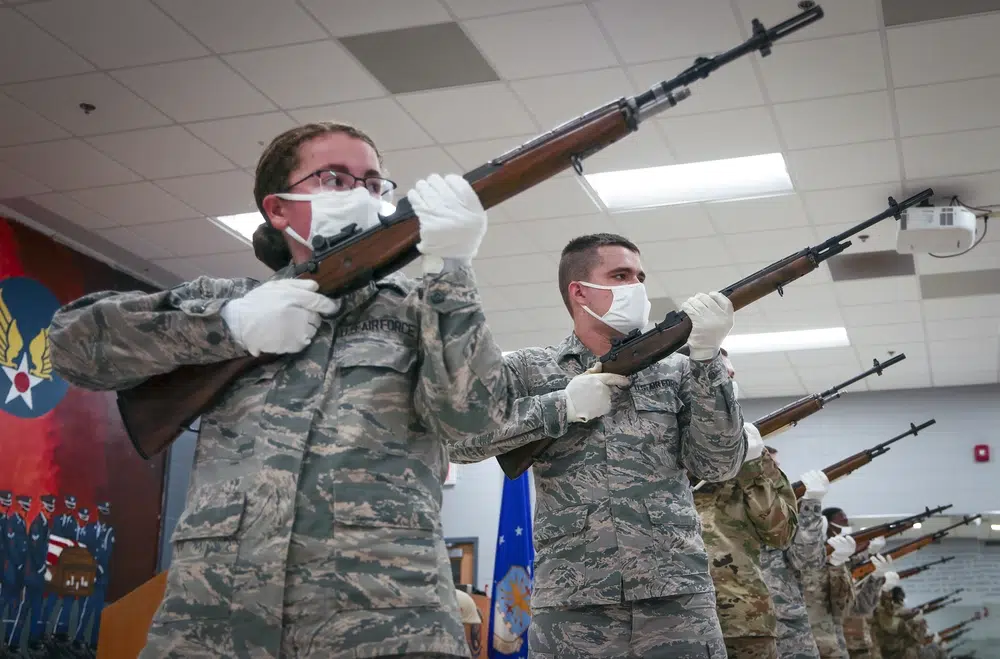
There are tons of gun myths out there. While firearm operation might be an exact science, its effects are largely theoretical until the shooting starts. Myths passed around about military weapons typically come from veterans, and vets tend to seem authoritative about the subject. However, sometimes unchecked appeals to authority help popularize these myths, and today, we are going to debunk five small arms myths and misconceptions regarding military weapons, specifically military weapons of the United States.
1) The M1 carbine couldn’t pierce winter coats
The M1 carbine is what’s called a light rifle and was designed for soldiers who weren’t fighting on the front line. The M1 offered them something more potent and capable than a handgun but nowhere near as big and heavy as the M1 Garand. But the M1 carbine ended up being extremely lightweight and handy, so it made its way to various front-line troops.

People loved the gun. However, in the Korean War, a myth arose that the little M1 carbine’s .30 Carbine cartridge couldn’t pierce the heavy winter coats of the Chinese and North Korean troops. The petite .30 Carbine cartridge is not a .30-06 round, and its effective range is limited to about 300 yards, so this myth was easy to believe.
However, it’s completely false. Winter coats are not bulletproof. The .30 Carbine, when fired from a rifle, reaches the same velocities and energy levels as a .357 Magnum. No winter coat is stopping a .357 Magnum… unless it’s made from Kevlar. Numerous Youtube tests have verified this is a myth as well. So where did it come from? It likely came from troops missing the enemy, swearing they hit them. Maybe the bad guys were at longer ranges. Maybe their sights weren’t zeroed properly, or maybe in the heat of battle, their marksmanship suffered.
Related: These are the 5 best service rifles the US military has ever had
2) The .50 BMG has a lethal shockwave
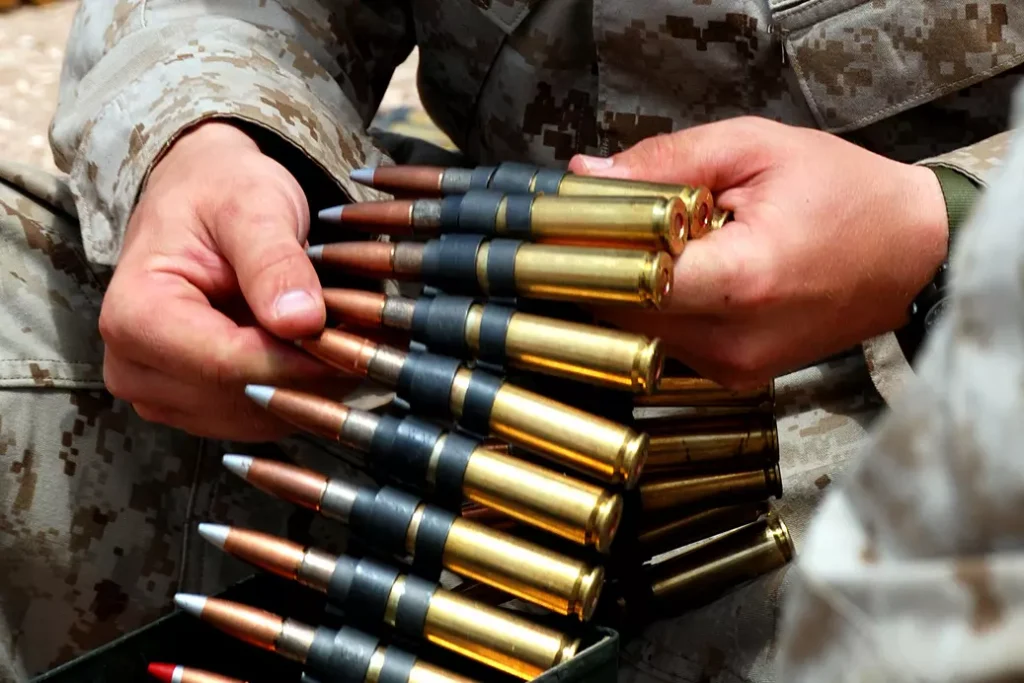
The .50 BMG was originally designed by John Browning as an anti-tank cartridge based on the experiences of World War I. It’s a huge cartridge that’s nearly 5.5 inches long and throws a projectile that can weigh up to 800 grains at several thousand feet per second. Its immense power led to a myth I heard firsthand in boot camp from a senior drill instructor. The myth goes that the .50 BMG is so powerful and so fast that it creates a shockwave that’s lethal!
Sometimes the shockwave isn’t described as lethal but capable of taking your arm off or cutting you deeply. The 18-year-old me believed the myth, but once I attended machine gun school, I figured out it was completely false. The .50 BMG is certainly fast, big, and powerful, but it isn’t capable of creating a lethal shockwave.
In fact, according to the Youtube channel Demolition Ranch, it doesn’t create a shockwave strong enough to knock down a house of cards. Still, this gun myth is as big as a .50 BMG projectile and seems to spread just as fast.
3) The ping of the M1 Garand got soldiers killed
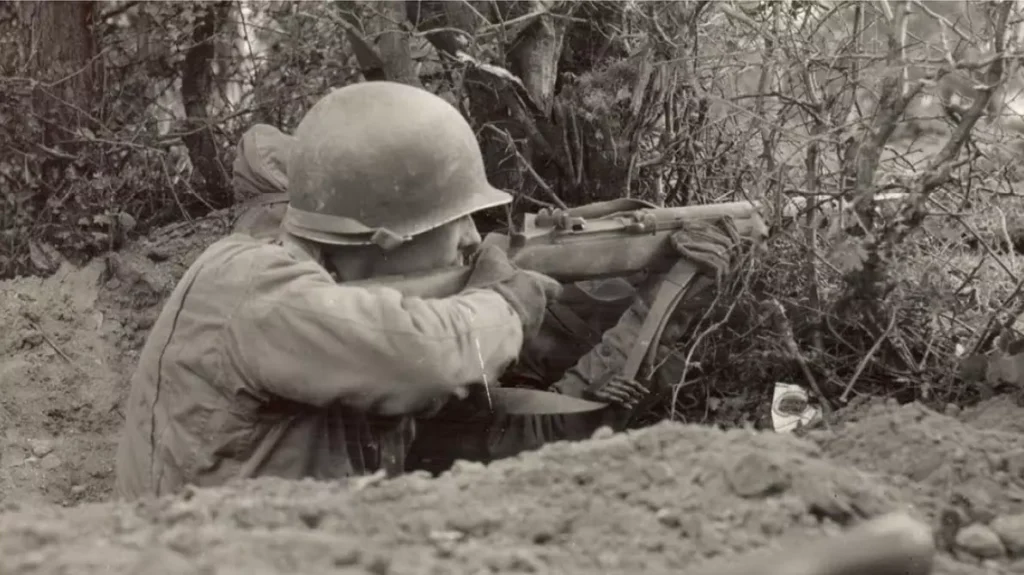
Any Call of Duty, Medal of Honor, or Battlefield 1942 player knows the sound of the ping. When you’re firing the M1 Garand in semi-automatic, after you fire its eighth round, the en bloc clip flies outward with a satisfying ping. This gave rise to the myth of American soldiers getting killed because of the ping’s sound.
According to the myth, Axis soldiers would hear the ping and know the U.S. soldier was out of ammo and would then attack. This myth falls apart when you apply just a little tactical knowledge and some common sense.
Gunfights are very loud and hearing the ping over the sound of guns is difficult. Also, being able to hear the ping means you are pretty close to the enemy, certainly within bayonet range, and at that range, you are actively fighting, not listening to pings. Also, assume you do hear the ping, and realize that a soldier is out of ammo, so you rush them! What happens then? You promptly get turned into a liquid mush because of the other dozen soldiers in his squad.
Related: The Smatchet was a beastly weapon for WWII commandos designed by the legendary William Fairbairn
4) Machine guns are inaccurate
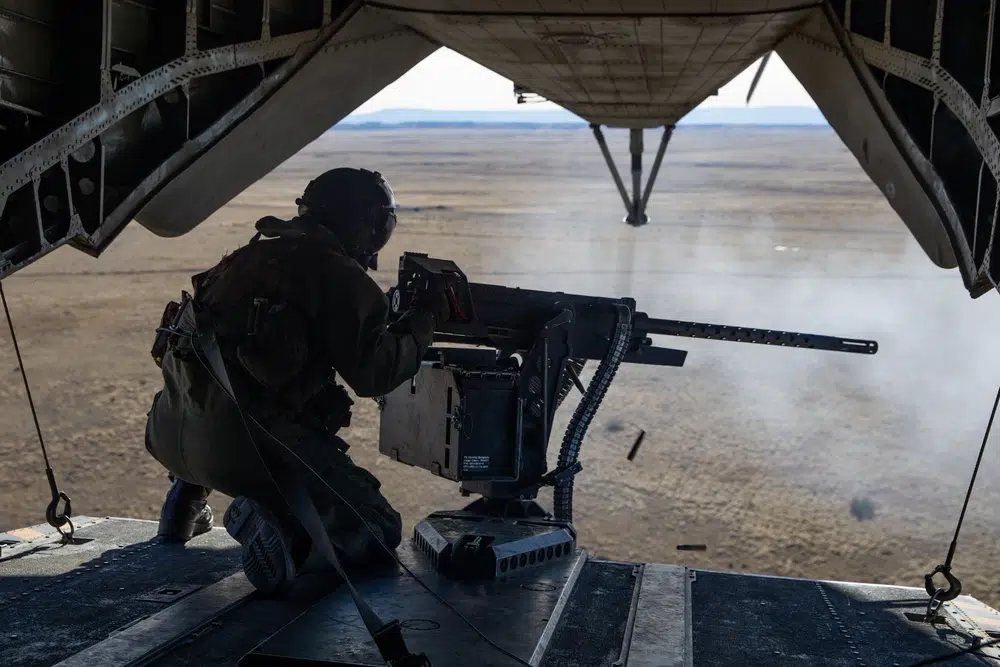
I blame video games for this gun myth. Anytime you grab a belt-fed machine gun in a video game, you know that it will be powerful and have a high ammo capacity, but it will also be super inaccurate. In general, video games and movies misrepresent how machine guns are used.
In reality, machine guns are used to support the movement of infantry forces. They keep the enemy’s head down and allow for the safest advancement of troops. To fill that role, machine guns are quite accurate and capable. As a machine gunner, I’ve hit targets out to well over 1,000 yards with nothing more than iron sights. It’s true that the target was an old Humvee and I was using a tripod, but the gun is still plenty accurate.
Even at 400 to 600 yards, you can very easily walk rounds into man-sized targets. The M2 .50 BMG machine gun is accurate enough that it was used as a sniper rifle in Vietnam. It’s true, though, that machine guns are tougher to shoot accurately, but that’s why the Marine Corps has a machine gun school.
Related: Discovering what happened to the missing M2 submachine gun
5) Suppressors silence weapons
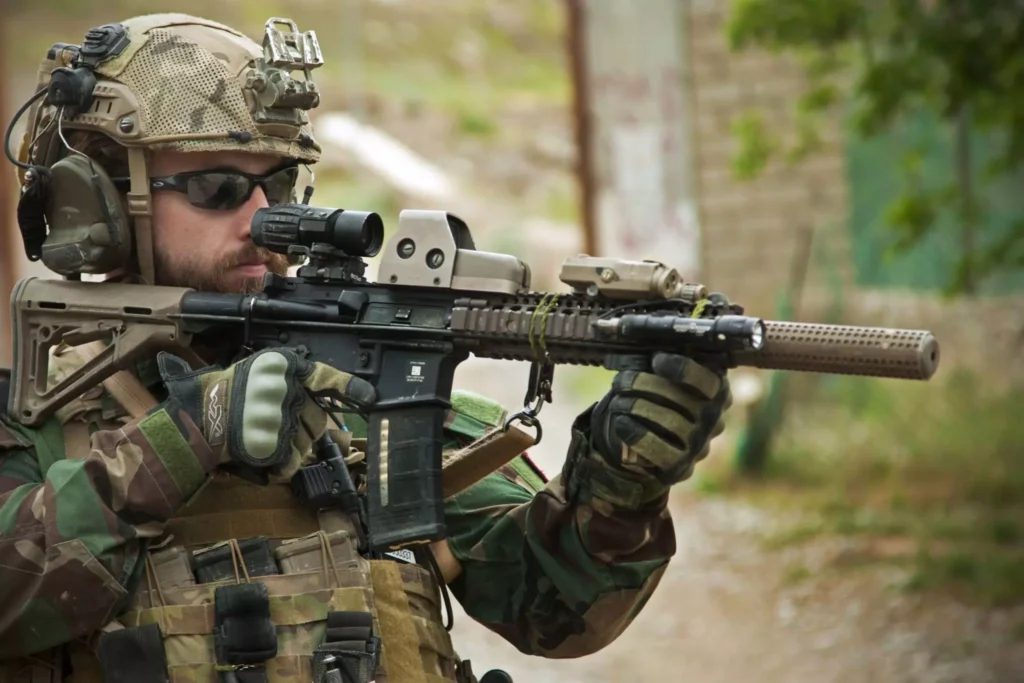
Suppressors have been used by special operations troops for decades, but nowadays, the average grunt is rocking a can. If you believe the movies, these suppressors absolutely silence a gun. You hear a little spew noise, and that’s it. Grunts armed with suppressors will basically be ninjas, right?
Well, not quite. On a 5.56 caliber rifle, a suppressor does cut a significant amount of the noise out but the suppressor can’t do anything about the supersonic crack generated by the projectile. A suppressed weapon firing a supersonic cartridge is still loud enough to ring your ears.
Yet suppressors still serve a function as they make it a little tougher for enemy troops to locate the shooter by reducing noise and helping tame muzzle flash. Reduced noise also helps with improving communication-and-control for small unit leaders.
Breaking gun myths
The myths and misconceptions about small arms and their accessories are fairly common. However, these five seem to be the most widespread gun myths you’ll hear.
Read more from Sandboxx News
- Lasers won’t save us from hypersonic weapons
- Exploring the claims that America’s TR-3A UFO fought in Desert Storm
- Russia’s missile arsenal is running low so Moscow turns to one of its few allies for help
- Why do officers have a higher success rate than enlisted men at becoming Navy SEALs?
- Hell in the Highlands: Losing a warrant officer in the mountains while moving against Korean positions
Related Posts
Sandboxx News Merch
-

‘AirPower’ Classic Hoodie
$46.00 – $48.00 Select options This product has multiple variants. The options may be chosen on the product page -

‘Sandboxx News’ Trucker Cap
$27.00 Select options This product has multiple variants. The options may be chosen on the product page -

‘Sandboxx News’ Dad Hat
$27.00 Select options This product has multiple variants. The options may be chosen on the product page

Travis Pike
Travis Pike is a former Marine Machine gunner who served with 2nd Bn 2nd Marines for 5 years. He deployed in 2009 to Afghanistan and again in 2011 with the 22nd MEU(SOC) during a record-setting 11 months at sea. He’s trained with the Romanian Army, the Spanish Marines, the Emirate Marines, and the Afghan National Army. He serves as an NRA certified pistol instructor and teaches concealed carry classes.
Related to: Gear & Tech
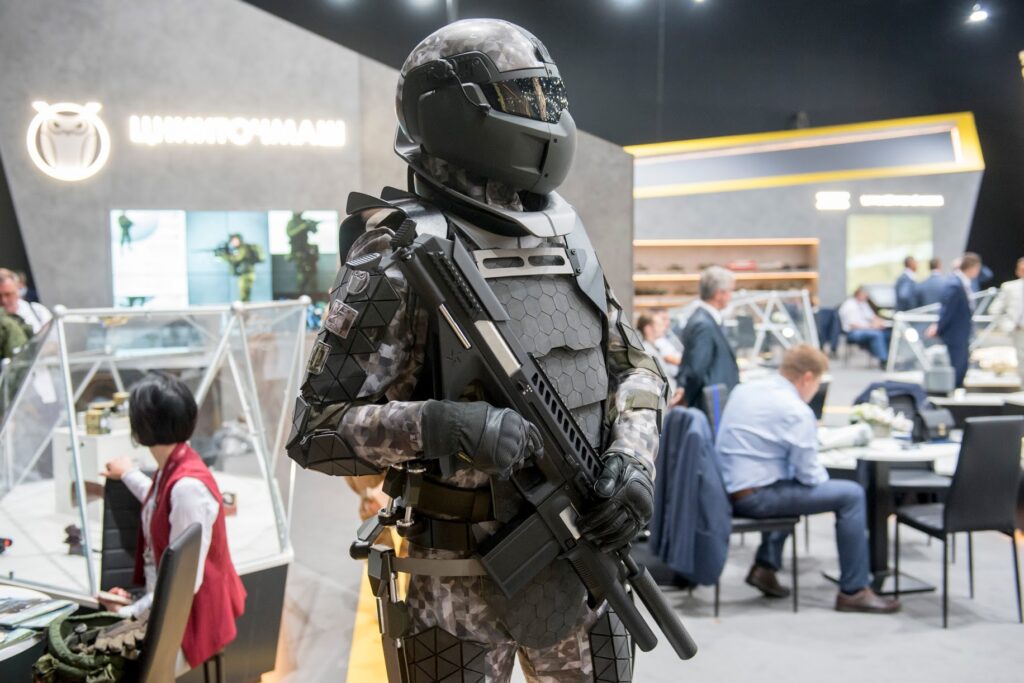
No, Russia’s futuristic Sotnik armor isn’t real

What does a Marine veteran think of Netflix’s ‘Rebel Ridge’?
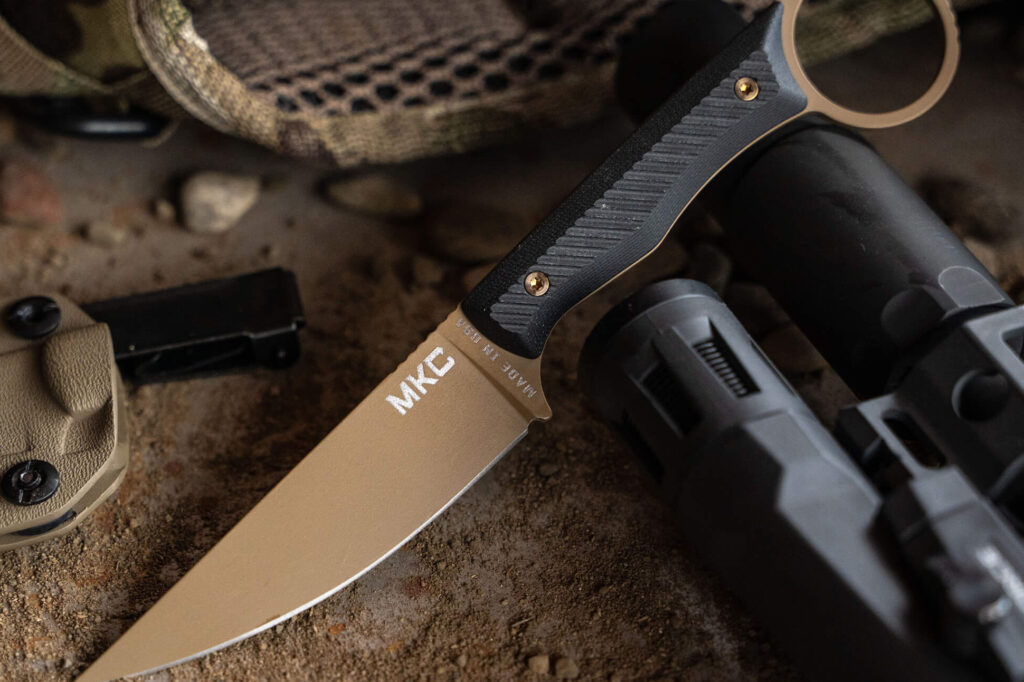
Montana Knife Company enters the tactical knife realm
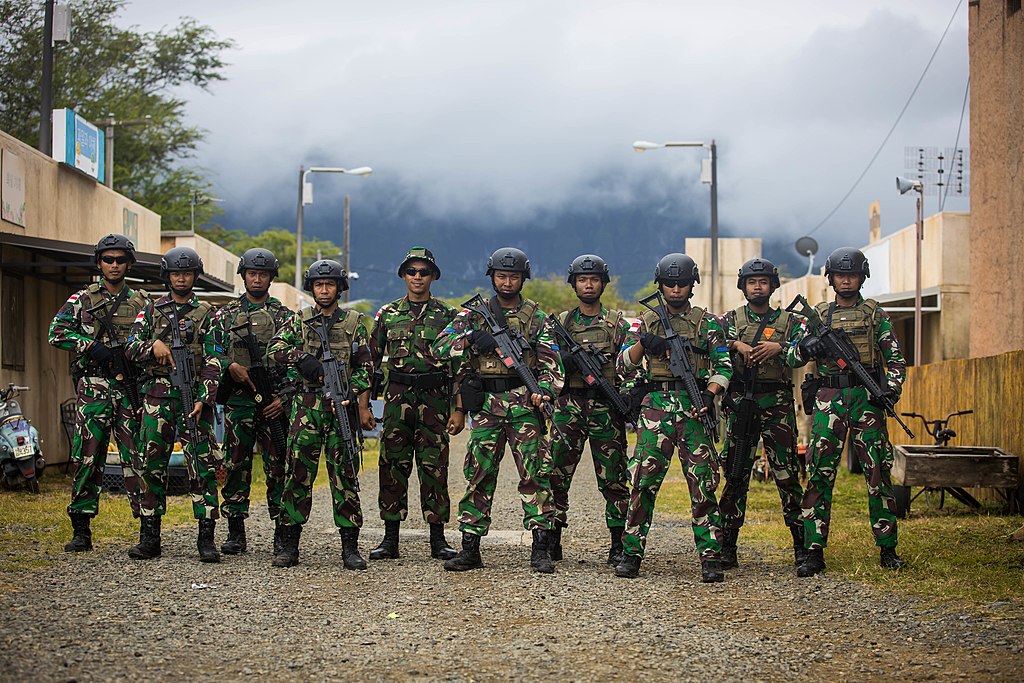
Indonesia’s Pindad SS2 – Service rifles from around the world
Sandboxx News
-

‘Sandboxx News’ Trucker Cap
$27.00 Select options This product has multiple variants. The options may be chosen on the product page -

‘AirPower’ Classic Hoodie
$46.00 – $48.00 Select options This product has multiple variants. The options may be chosen on the product page -

‘AirPower’ Golf Rope Hat
$31.00 Select options This product has multiple variants. The options may be chosen on the product page -

‘Sandboxx News’ Dad Hat
$27.00 Select options This product has multiple variants. The options may be chosen on the product page
